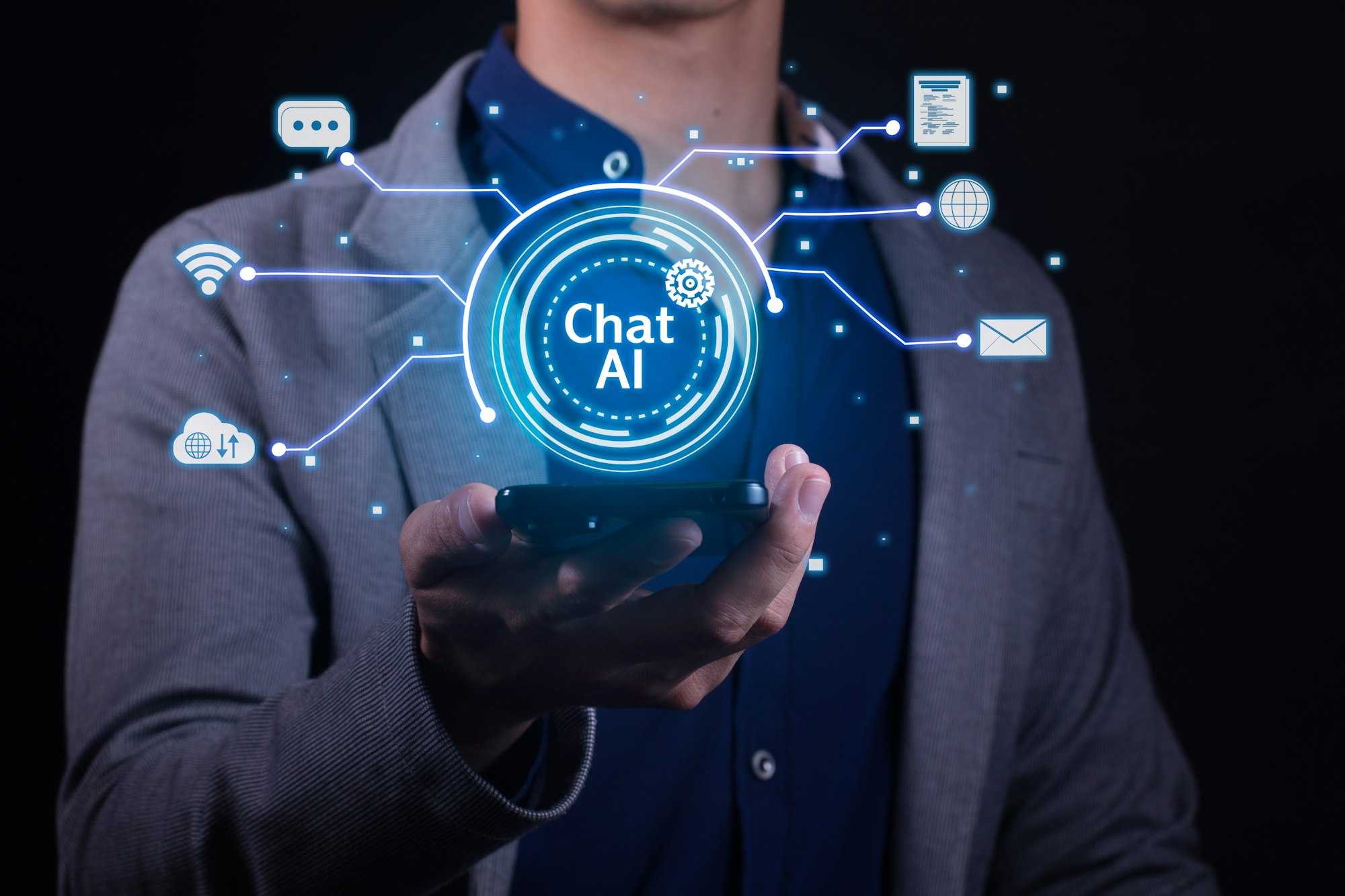 ## The Future of AI: What Comes After Transformers
## The Future of AI: What Comes After Transformers
### Introduction
The transformer architecture has become the driving force behind popular AI models today. However, as we look to the future, it’s important to consider what comes next. Will transformers lead to better reasoning, or is there another architecture on the horizon? Building and maintaining these models can be costly, requiring large amounts of data, GPU compute power, and rare talent.
### The Evolution of AI Deployment
AI deployment started with simple chatbots, but now we’re seeing the packaging of intelligence into copilots that augment human knowledge and skill. The next step is to create agents that can handle multi-step workflows, memory, and personalization across various functions like sales and engineering. These agents will be able to understand user intent, break down goals into steps, and complete tasks using internet searches, authentication, and learning from past behaviors.
### The Future of Personalized Agents
When applied to consumer use cases, these agents give us a glimpse into a future where everyone can have a personal Jarvis-like agent on their phones. These agents will be able to handle tasks like booking trips, ordering food, and managing personal finances. However, from a technological perspective, we still have a long way to go before this future becomes a reality.
### Challenges with Transformer Architecture
While transformer architecture has revolutionized language and computer vision understanding, it has its limitations. Computation complexity increases with long sequences, leading to slow performance and high memory consumption. Researchers have been exploring solutions to this problem, including improving transformers on hardware and developing approximate attention techniques to reduce complexity.
### Alternatives to Transformers
In addition to optimizing transformers, alternate models are challenging their dominance. State space models (SSMs) like Mamba can handle long-distance relationships but currently lag behind transformers in performance. However, recent model releases from companies like OpenAI, Cohere, Anthropic, and Mistral are showing promising results with hybrid models and mixtures of experts.
### Notable Model Launches
Some notable model launches include Databricks’ open-source DBRX model, which has 132B parameters, and SambaNova Systems’ Samba CoE v0.2, a composition of five 7B parameter experts. AI21 labs also released Jamba, a hybrid transformer-Mamba MoE model that compensates for the limitations of pure SSM models. These models demonstrate the state of the underlying technology and the potential path for Transformer alternatives.
### Enterprise Adoption Challenges
While there is promise in the latest research and model launches, enterprises face challenges in adopting these technologies. Missing features, security concerns, and the constant battle between retrieval-augmented generation (RAG) and fine-tuning pose obstacles. Enterprises need guardrails to ensure data privacy and compliance when introducing AI features into their applications.
### The Future of AI
The future of AI lies not only in the hands of software engineers but also in the creativity of non-technical individuals who can effectively prompt AI models. With the availability of tools and multiple architectures to choose from, anyone can build simple applications without much effort. Researchers, practitioners, and founders have a range of options for making their models cheaper, faster, and more accurate. Rapid changes in the field of generative AI can feel overwhelming, but they also present opportunities for innovation.
### Conclusion
As we look to the future of AI beyond transformers, there are many exciting possibilities. The development of new architectures, optimization techniques, and hybrid models will continue to push the boundaries of AI capabilities. It’s an exciting time for those working in the field and for anyone looking to leverage AI technology for their businesses.

